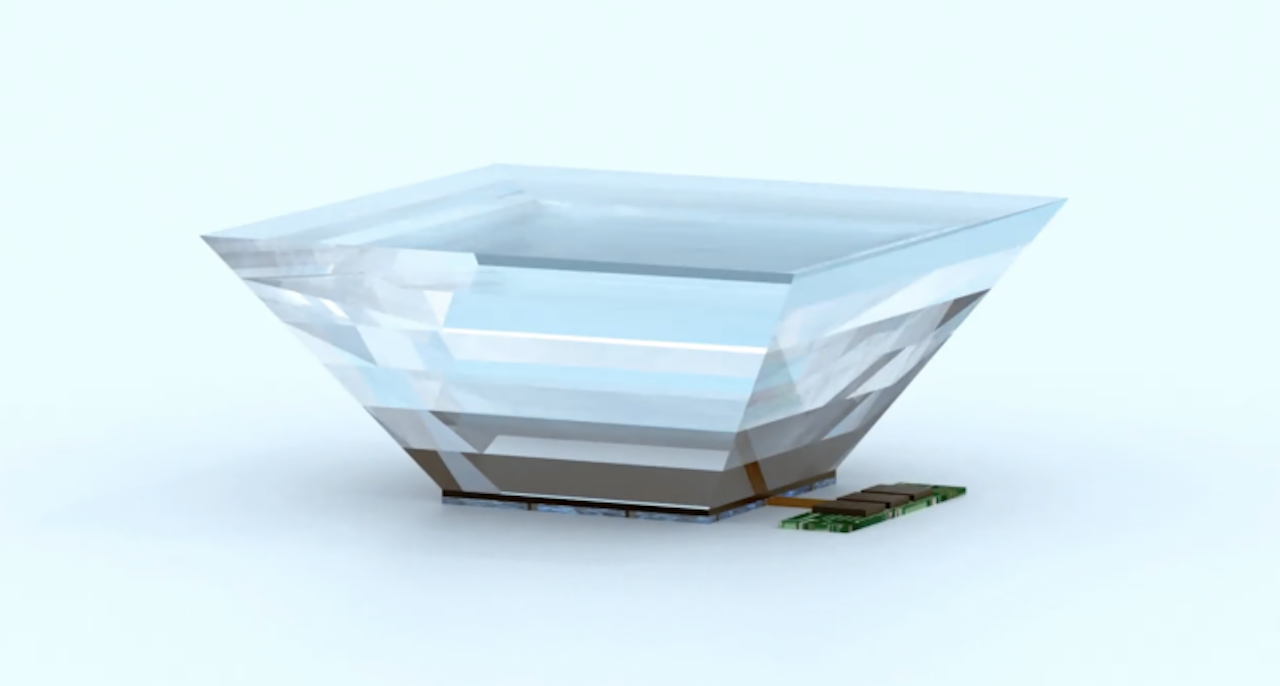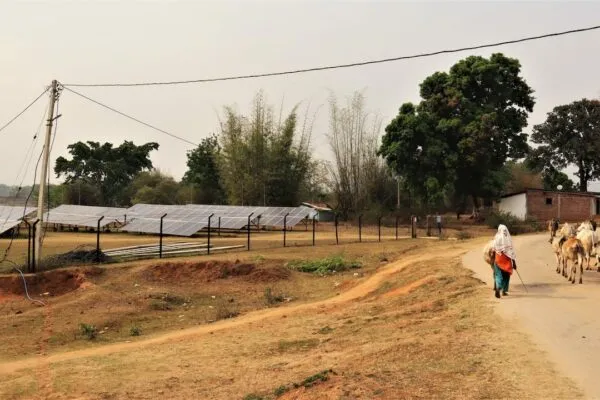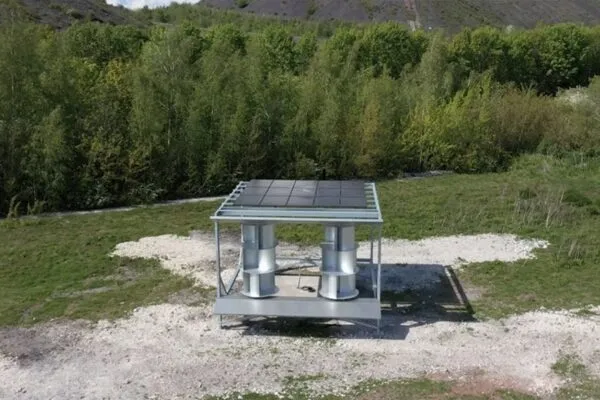Micropyramid Lenses Increase Efficiency of Solar Panels Three Times
Researchers at Stanford University have created a new alternative technology - AGILE (Axially Graded Index Lens) to let solar panels receive more light on both sunny and cloudy days

Image: Nina Vaidya and Xuan Wu
Solar panels work best with direct sunlight. However, researchers at Stanford University have come up with an advanced solution dubbed AGILE (Axially Graded Index Lens). It is basically a micropyramid lens that is claimed to triple the light hitting capacity in a solar panel as it receives more light from different angles of its structure. So, this device can juice up solar panels on both sunny and cloudy days.
Generally, solar panels work their best in direct sunlight that’s why specific solar systems track big fireballs in the sky, facing more light. Sadly, such tracking technology is costly and those moving parts are likely to break.
However, the researchers at Stanford University took inspiration from the shortcomings of solar panel tracking technology and created this advanced lens as an alternative. It provides a way to improve the efficiency of static solar panels even on cloudy days when there’s diffused light.
According to a peer-reviewed paper published by authors, Nina Vaidya and Olav Solgaard, prototype arrays of AGILE micropyramid lenses can successfully focus light into three times smaller areas. Meanwhile, it helps retain 90 percent of their power at its best. This is beyond the primary concentration when the light is more oblique ahead from a certain angle of collection.
There’s nothing new in concentrating light to get more energy from solar panels. But the authors point out that certain concentrators, like mirrors and Fresnel lenses, lead to just a “modest acceptance angle.”

Image: Nina Vaidya and Xuan Wu
The AGILE lens prototype is in three development phases:
A: Bonded glass
B: With aluminum sidewalls
C: Absorbing light with a solar cell
The design is inspired by nature. As per the paper, the AGILE features are found in the fish retina and certainly mixed eyes in insects. Within their gradient index, there exists an anti-reflection to allow camouflage and transmission. While the researchers have not mentioned anything about their plans for the commercial launch of AGILE, the prototypes are using readily available materials – keeping the solar industry in mind.
Nonetheless, scientists need to focus more on creating such affordable and abundant clean energy that’s vital to address urgent sustainability and climate change. For this, they need to work on various engineering solutions to make it a reality.
Via: Tech Crunch


